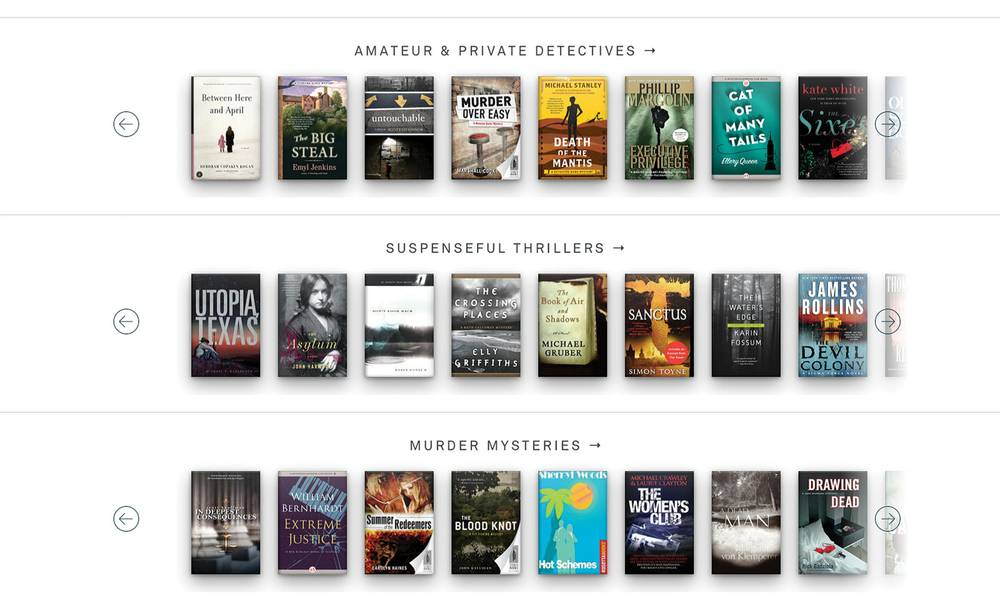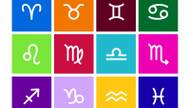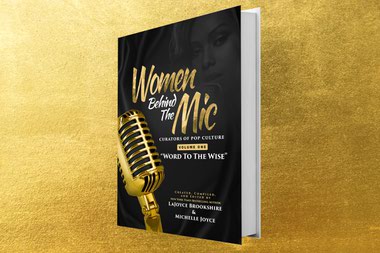It wasn’t looking good for Oyster, until I found a pearl.
I had searched several authors’ names and titles on the new, $9.95-per-month book service and found none of my admittedly quirky faves among its promised 100,000 titles. Then I tried my fallback, Kurt Vonnegut, and among the scroll of Vonnegutian jewels, from Sirens of Titan to Bagombo Snuff Box, arrived a gem I had never encountered.
“Unready to Wear” appeared in the April 1953 edition of Galaxy Science Fiction, and it reappears thanks to “The Galaxy Project,” from e-book publisher RosettaBooks.
That could be a tough nugget for Oyster. You can download the story from RosettaBooks, and you can find free copies of it elsewhere on the web. If I had not been moved to consume every last word written by one of my favorite authors until now, why would I be likely to use Oyster for that purpose? And “because I couldn’t find anything else” is not the right answer. But I’m not exactly the ideal customer for Oyster and other Netflix-like e-reading services.
Co-founder and CEO Eric Stromberg recently told the New York Times that Oyster is poised to expand vigorously, thanks to $17 million from Highland Capital Partners and Founders Fund. The company launched in September with an iPhone app and recently expanded to iPad, and Forbes reported last week that Oyster is working on an Android app. Stromberg told the Times that reading on phones and tablets will increase, and that Oyster wants to lead the way.
To do that, it also needs to offer more to read. It has major publishers HarperCollins and Houghton Mifflin on board, along with several smaller houses. According to the Digital Reader website, one of those publishers, Smashwords, reportedly told its authors that they will get 60 percent of the book’s list price for each reader of that book on Oyster, which is roughly what they earn through e-book sales by Apple or Barnes & Noble.
Of course, if a reader browses all the works of an author in one month, Oyster will have a hard time making a profit. It’s counting on more casual readers. And, as Digital Reader noted, the most recent Pew Internet & American Life survey found no shortage of them. Half of all American readers 16 and older read six or fewer books a year, and the average for all Americans is 15 books a year. The same Pew report shows that one-third of all readers use a tablet or e-reader, with tablets pushing ahead of e-readers.
So, Oyster might develop the base of casual readers it needs—people willing to let a membership roll on a credit card who might otherwise think twice about spending a few bucks now and then for an e-book purchase. It has equally optimistic competitors in this developing market, however, including the better-financed “world’s largest library,” Scribd, which charges $8.95 monthly and also offers a free trial month.
Only a broader range of titles will keep me beyond my trial month, but Oyster might have the working business model of the future. Both it and Scribd connect readers with social media and with other member readers. Just as crucially, it is easy and pleasant to use, searchable and browse-worthy. And if its casual readers in effect subsidize the more serious, I won’t complain. But that will work only if casual readers are serious enough about diving for pearls.
Find more by Chuck Twardy at chucktwardy.com.








